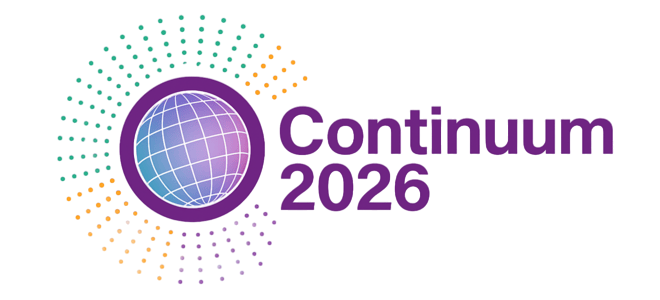WHAT IS CANDIDIASIS?
Candidiasis, also known as Candida, is a common opportunistic infection (OI) in people with HIV. It is an infection caused by a common type of yeast (or fungus) called candida that is found in most people’s bodies. A healthy immune system keeps it under control. Candida usually infects the mouth, throat, and/or vagina. It can occur months or years before other more serious OIs.
In the mouth, the infection is called thrush. When the infection spreads deeper into the throat it is called esophagitis. It looks like white patches similar to cottage cheese or red spots. It can cause a sore throat, pain when swallowing, nausea, and loss of appetite. Thrush can also cause cracking at the corners of the mouth. This is called angular chelitis.
In the vagina, the infection is called a yeast infection or vaginitis. This is a common vaginal infection. Symptoms include itching, burning, and a thick whitish discharge.
Candida can also spread and cause infection in the brain, heart, joints, and eyes.
CAN CANDIDIASIS BE PREVENTED?
Antifungal drugs such as clotrimazole, nystatin, fluconazole, and itraconazole may be used to prevent Candida but drug resistance may occur with prolonged use. Strengthening the immune system by taking combination antiretroviral therapy (ART) is the best way to prevent Candida.
HOW IS CANDIDIASIS TREATED?
Treatments can be local or systemic. Local treatments are applied where the infection is found. Systemic treatments affect the whole body. Many healthcare providers prefer to use local treatment first. It puts the medication directly where it is needed and it has fewer side effects than systemic treatment. Also, there is less risk of Candida becoming resistant to the medications. The medications used to fight Candida are antifungal drugs. Almost all their names end in “-azole.” They include clotrimazole, nystatin, fluconazole, and itraconazole.
Local treatments include:
-
- Creams
- Suppositories
- Liquids
- Troches or lozenges that dissolve in the mouth
Local treatments may cause some stinging or irritation.
Systemic treatment is needed if local treatments don’t work or if the infection has spread into the throat (esophagitis) or other parts of the body. Some systemic drugs are taken in pill form. The most common side effects are nausea, vomiting, and abdominal pain. Less than 20% of people have these side effects.
Candidiasis can come back repeatedly. Some healthcare providers prescribe antifungal drugs on a long-term basis. This can cause resistance. The yeast can mutate so that a drug no longer works.
Some serious cases do not respond to other medications. Then, amphotericin B might be used. It is a very potent and toxic drug, given orally or intravenously. The major side effects are kidney problems and anemia. Other reactions include fever, chills, nausea, vomiting, and headache. These usually get better after the first few doses.
THE BOTTOM LINE
Candidiasis is a very common yeast (fungal) infection. The fungus normally lives in the body. It cannot be eliminated. The best way to avoid an outbreak of candidiasis is to strengthen your immune system by taking antiretroviral medications (ARVs).
Most Candida infections are easily treated with local therapies. In people with weakened immune systems, these infections may become more persistent. Systemic antifungal drugs can be taken, but Candida might become resistant to them. The most potent antifungal drug, amphotericin B, has serious side effects.
MORE INFORMATION
CDC: Candidiasis
UCSF HIV in Site: Candidiasis and HIV
nam aidsmap: Candidiasis (thrush)
HIV.gov: Candidiasis (Mucocutaneous)
Reviewed July 2025
Print PDF




